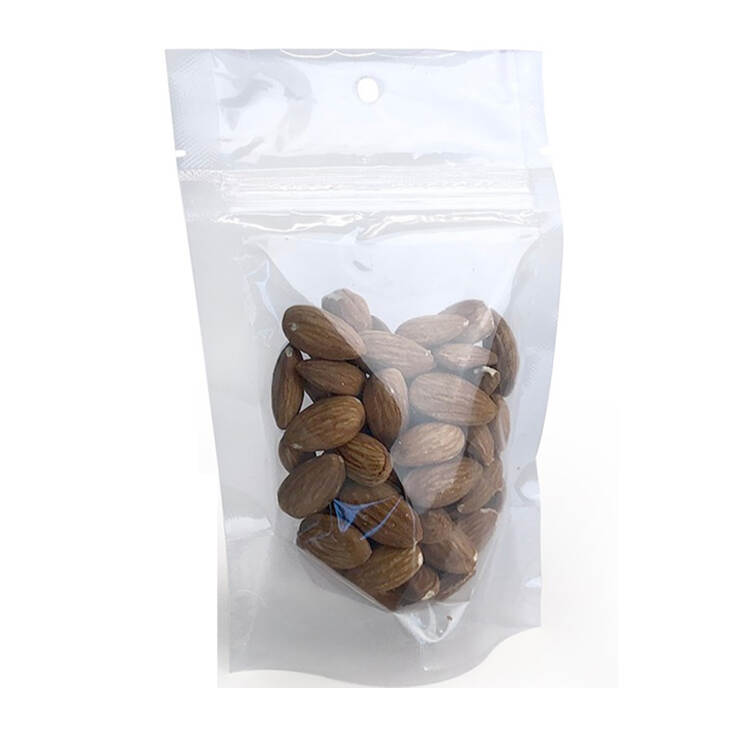How to Choose Food Grade Plastic Materials?
June 09,2022
food packaging films materials plastic rolls
Food grade plastics are produced under purified conditions Plastic itself is required to be non-toxic. There are not many varieties. The common ones are pet, non-toxic PVC, food-grade PE, PP, etc.

Sensory identification of harmful plastic products
Visual sense: qualified plastic products have a smooth surface, clear and transparent colors, and good softness; The color of unqualified plastic products is turbid.
Sense of smell: qualified plastic products have no peculiar smell under normal temperatures; Unqualified plastic products smell pungent or unpleasant.
Tactile sense: qualified plastic products have a smooth touch and good flexibility; Unqualified plastic products have rough touch, poor flexibility, and may be accompanied by a peculiar smell.
Correct use of plastic utensils
All kinds of plastic containers and appliances also have potential safety hazards. Special attention should be paid to the following points:
- Avoid using plastic food and kitchen utensils produced by informal manufacturers.
To reduce costs and make huge profits, many manufacturers in the market often do not indicate the applicable scope of plastic products. It is necessary to avoid using such containers to store hot food, especially liquid food and food with high oil content. Because heat and oil will promote the dissolution of harmful ingredients and pollute the food.
- Use the special plastic appliances for microwave ovens produced by regular manufacturers.
The special plastic containers for microwave ovens shall be translucent, colorless, and heat-resistant products. When a microwave oven is used to heat food with high water content, PP plastic container can be used; When heating dishes and foods with more oil, PC containers with stronger temperature resistance should be selected; If heating nonliquid food, do not use any plastic containers.
Use the microwave oven to heat food. It is better to use glass containers or porcelain without any dye inside.
- Avoid using non-heat-resistant containers to hold hot food.
Some plastic bottle containers will become soft and deformed in case of heat. Do not try to use such containers to contain overheated food. Although this kind of plastic is safe at room temperature, it may decompose and release harmful components at high temperatures. It is common for people to put hot boiled water and hot tea into mineral water bottles or drink bottles. This practice has certain health hazards.
- Avoid using products with inferior plastic accessories.
Some plastic fittings of kitchen utensils (such as pot handles) will release an unpleasant smell when exposed to high temperatures. Such substances are also toxic. Excessive inhalation will also endanger human health. Some inferior electric heating plastic kettles will also produce an unpleasant smell when heating and boiling water. This kind of plastic kettle is not safe for the human body. It is not recommended to use such products. If such products are encountered, it is recommended to replace them as soon as possible.
We are a food packaging film rolls, food packaging films materials, food packaging plastic roll film supplier wholesaler, our products satisfy our customers. And we want to be your long-term partner, any interests, welcome to contact us.